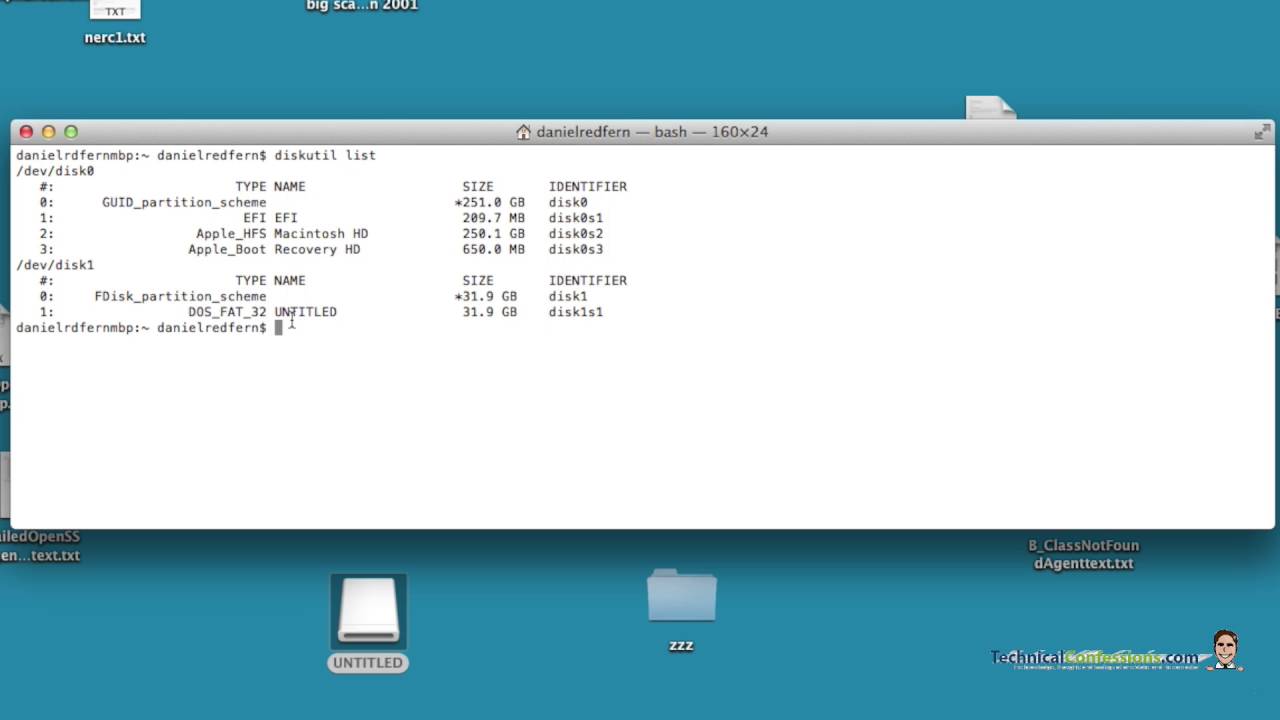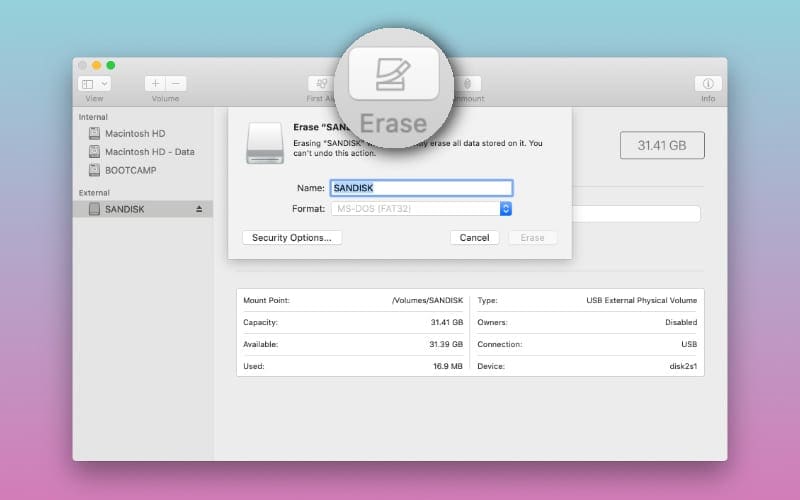

- #MAC DISK UNITLITY UNABLE TO UNMOUNT VOLUME FOR REPAIR HOW TO#
- #MAC DISK UNITLITY UNABLE TO UNMOUNT VOLUME FOR REPAIR MAC OS X#
- #MAC DISK UNITLITY UNABLE TO UNMOUNT VOLUME FOR REPAIR VERIFICATION#
If you cannot determine which files are open on the disk that you want to verify or repair, restart your computer and then mount the disk again, or start up from your Mac OS X Install DVD or CD to repair. Method 1: Right Steps to Unmount Volume for Repair on Disk Utility. In some rare situations, your computer might not respond for several seconds. Disk Utility is unable to repair your internal drive if your Mac is currently booted. Verify and Repair disk "Storage." The disk “Storage” could not be unmounted. If you look in the Console (/Applications/Utilities/), you will see an entry like this: How do I fix a Mac OS X White screen that is consistent when booting from a. If you try to repair a disk that cannot be unmounted, the repair will appear to start, but then stop as Disk Utility displays this message: "Repairing disk failed with error. I forced unmount and get the error unmount disk failed: at least one volume. APFS Volume Macintosh HD 10.8 GB disk1s1 2: APFS Volume Macintosh HD - Data 843.8 GB disk1s2 3. Verifying volume “Storage” The disk “Storage” could not be unmounted Could not unmount disk for verification, attempting live verify I'm on a Mac OS Catalina trying to wipe a drive via command line.
#MAC DISK UNITLITY UNABLE TO UNMOUNT VOLUME FOR REPAIR VERIFICATION#
If you try to verify a volume that is not your startup disk but for some reason Disk Utility can't unmount the volume (for example, the disk may have open files), the verification will appear to start but then stop without displaying any alert message. I would recommend you read this article and use it to help troubleshoot the issue. However, since you are erasing the drive anyway, this doesn’t really matter in your situation.

Using the above command can interrupt file read/writes, which can cause file corruption. Following this, attempt to Erase/Partition the drive again in Disk Utility. It seems like you want to repair your external drive but it is giving you an error that it is not able to unmount and repair. Replace VOLUMENAME with the name of a volume on the disk you are trying to unmount. This Mac 911 article is in response to a question submitted by Macworld reader Fiona.Thank you for using Apple Support Communities. QuickLook will automatically restart any processes it needs, so there’s no need to launch the background process by itself.


Select each match that appears and click the X (Force Quit) button in the top-level corner, and confirm by clicking the Force Quit text button. You’ll notice the drive is no longer accessible in Finder, but it will still be visible through diskutil from the command line, or the more familiar Disk Utility app in Mac OS X’s GUI. In the find field in its upper-right corner, enter QuickLookSatellite. diskutil unmount /dev/disk1s2 Volume OSXDaily on disk1s2 unmounted. Launch Applications > Utilities > Activity Monitor. You can force quit that process via Activity Monitor: A background process called QuickLookSatellite, which manages some aspects of generating previews for QuickLook in the Finder and elsewhere, had stalled. The Macworld reader who reported this problem and that the solution worked for some drives had to use an additional bit of troubleshooting to fix another. Click Repair Disk, but when I do click repair I get Error: Unable to unmount volume for repair I. The disk number appears in a couple of places in the utility’s output. When I try to verify the WD drive using disk utility I get Error: This disk needs to be repaired. Reconnect the drive and power it up if necessary. Power down the drive if it has a power switch. If you have unmounted drives use Disk Utility to mount them.While lsblk (8) has many interesting.
#MAC DISK UNITLITY UNABLE TO UNMOUNT VOLUME FOR REPAIR HOW TO#
(replace diskX with the number of the disk, like disk3). Lsblk Mount - How to List all Linux Disk Devices. You may see multiple entries that start the same (as in the figure), such as disk3, disk3s1, and so forth. In the resulting list, find the disk number associated with the unmounted volume. Plug the drive in and power it up if necessary.


 0 kommentar(er)
0 kommentar(er)
